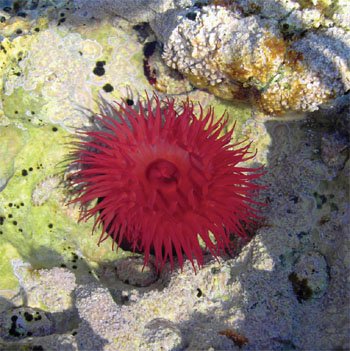Clownfish The average size of Clownfish is three inches and most are brightly colored with white stripes on the head or side of the body. This group of fish is extremely hardy, and is well suited to life in the average aquarium. Put two juvenile clownfish together Benefits: The most clear benefit to this technique is the cost. It is typically inexpensive to buy juvenile fish, even designer ones, when compared to older, larger versions of similar fish. If you aren't into designers, you can get baby Ocellaris or Percula clownfish for under $20. 100% Sustainable Clownfish We find it important that our fish have zero impact on our Oceans, that’s why we only offer 100% captive bred Picasso Clownfish.
Clownfish General Description
Clownfish are arguably the most popular species of fish amongst saltwater aquarium enthusiasts. In fact, research has shown that they alone account for over 40% of the total sales in the marine aquarium fish trade. Clownfishes are characterized by their beautiful colorations and waddle like swimming motions. They are also unique in the fact that they develop special symbiotic, mutually beneficial relationships with sea anemones. Unlike most other species of fish, clownfish are immune to the anemones poisonous tentacles and use them as hiding places to escape from predators. The anemones benefit equally from the clownfish’s presence because the fish lure unsuspecting predators into the waiting tentacles of the anemone. These fish also feed on the leftovers of the anemone’s victims and in turn help provide further nutrition to the anemone through their feces.
Clownfish are arguably the most popular species of fish amongst saltwater aquarium enthusiasts.
Origins
Clownfishes originate from the warmer regions of the Indian and Pacific oceans.
Color
Clownfishes usually come in yellow, orange, red and blackish colorations. Most species have several distinctive white bars or patches.
Maintenance and care
Clownfish Pics
Clownfishes are a relatively hardy species of fish and make a good choice for most beginner aquarists. When given adequate nutrition and excellent water conditions they can often live for up to 6 years in captivity; and there are also reports of aquarists who claim to have raised even older clownfish. Tank raised clownfishes will often adapt much faster to aquarium life than their wild counterparts, but are slightly more expensive.
Clownfish prefer aquariums with open swimming spaces and plenty of hiding places. If you plan on providing your clownfishes with a host anemone, it’s best to research the best species of anemone for your specific species. That said there is no guarantee that your clownfish will take to the anemone as a host. It’s also important to research the specific requirements to raising anemones as they often require very specific lighting conditions to survive.
Clownfishes are a fairly peaceful species of fish and make excellent tenants for most community aquariums. They can however turn aggressive towards other clownfish and it is best to keep a single clownfish or a mated pair in an aquarium.
Feeding
Clownfishes are omnivores and will readily accept most types of food including aquarium flakes. Their diet should also be supplemented with various live foods and vegetable based foods.
Clownfish are a relatively hardy species of fish and make a good choice for most beginner aquarists.
Breeding
Clownfish are all born male. When breeding, the larger, more dominant males turn into females and form breeding pairs. They lay their eggs on flat surfaces and will guard them zealously. Clownfishes are considered to be one of the easier species of saltwater fish to breed in the aquarium.
Aquarium varieties
Clownfish And Sea Anemone
Ocellaris Clownfishes, True Percula Clownfishes, Maroon Clownfishes, Tomato Clownfishes, Cinnamon Clownfishes, etc.

Photo credit: Nick Hobgood/Wikimedia; Jeff Kubina/Flickr